AZERBAIJAN: Autumn of 2018 – A Reminiscence
In the autumn of 2018, my husband and I went on a vacation to Azerbaijan. We were living in Saudi Arabia those days, so distance-wise, the travel time to Azerbaijan was short and sweet. We had booked our trip through a travel agent. It was exclusively just for us, as we did not want to be a part of any large group.
Azerbaijan, which is a former Soviet republic is bounded by the Caspian Sea and Caucasus Mountains. The country is considered an upper-middle income nation possessing a high level of economic development and literacy. The people there are very friendly and helpful.
We were received at the airport at Baku, capital of Azerbaijan, by the travel staff and were taken to a hotel that would be our home for the next few days. The accommodation was awesome, we were super happy to be staying there. Next morning the driver and an English speaking guide came to pick us up for the sight seeing tour. The day started off with a tour of Baku.
Baku has many historical and beautiful sight seeing spots.
Our first halt was the beautiful and mesmerising Baku Boulevard. Baku Boulevard is a popular promenade that was established in the year 1909 along the seafront of Baku.
The Boulevard was established to connect the oilfields in Bibi Heybet as part of the urban development projects by Municipal Horticultural Commission.
It makes a wonderful walk, presenting the natural and man-made beauty at its best, with an amusement park, yacht club, musical fountain and various statues and monuments, all along the Capsian sea front. It is a feast to the eyes.
The Baku Boulevard


We then went to the Icheri Sheher. It is one of the most popular places in Baku, having been included in the UNESCO World heritage list in the year 2000. It is undoubtedly the jewel of the history and culture of Azerbaijan.
Sometimes called the Old Town or the Inner City, Icheri Sheher is a unique historical ensemble right in the center of Baku, at the heart of the city. Ancient Baku was founded where Icheri Sheher is today, which used to be right on the shores of the Caspian Sea. The buildings are built out of limestone, cut locally and polished to a smooth surface, so most of the buildings share the same colors, and the roads are narrow and winding, making Icheri Sheher feel a bit like a maze. A walking tour within this inner city makes a wonderful experience.
Icheri Sheher

The Shirvanshah’s Palace: It is located in the Inner City, Icheri Sheher, and, together with the Maiden Tower, forms an ensemble of historic monuments inscribed under the UNESCO. One of the masterpieces of the medieval architecture of the ancient city, the Palace ensemble consists of 9 buildings: the Palace, the Divankhane (Court –House), the Dervish’s Mausoleum, the Eastern Gate (Portal), the Palace mosque, the Key-Qubad mosque, the Palace Burial-Vault, the Hamam (bath-house) and the ovdan (storage lake). What a beautiful palace indeed.
The Shirvanshah’s Palace
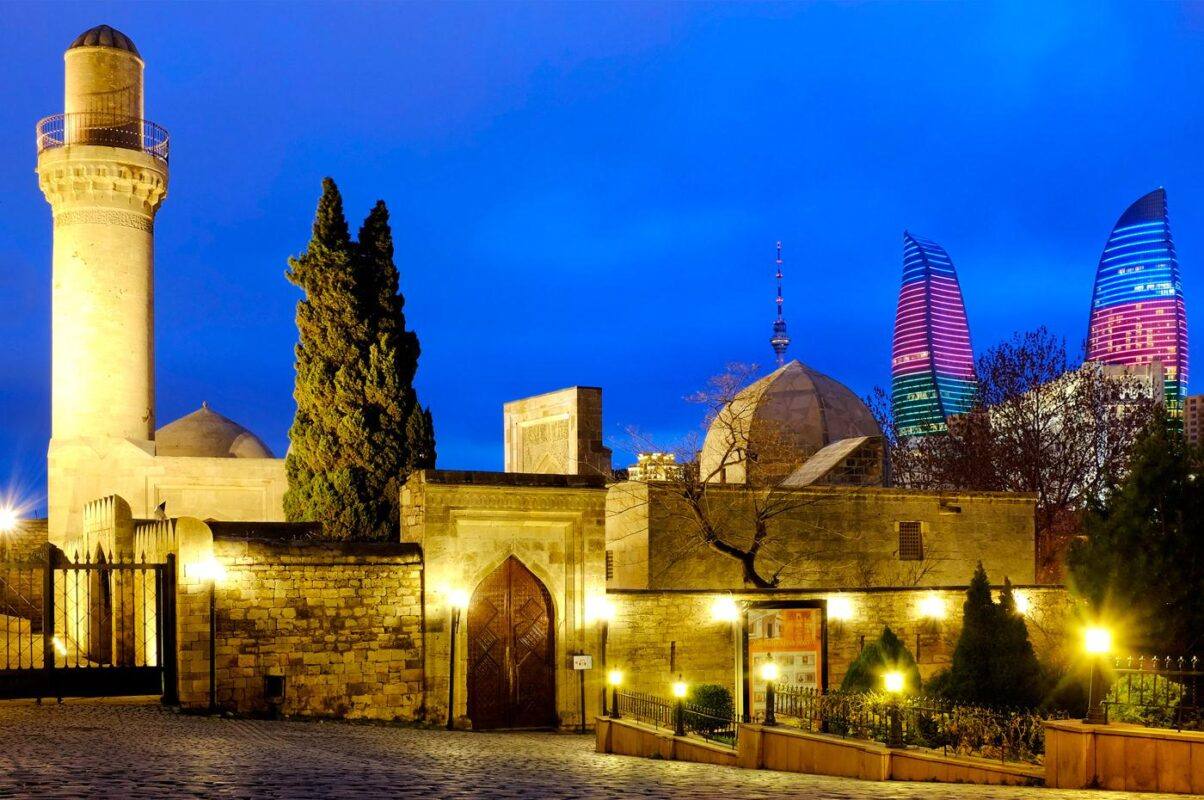
The Maiden Tower: As we were walking towards the Maiden Tower, our guide narrated the legendary tale, according to which, the king forced his daughter to marry a man she doesn’t love. She then escapes by asking her father to first build a tower for her and then commits suicide by jumping from the top of it. This tale has been the subject of many Azerbaijani poems and plays. It is an ancient tower that shows the presence of Zoroastrians, Arabs, Persians, Shirvanis, Ottomans, and Russians.
The Maiden Tower
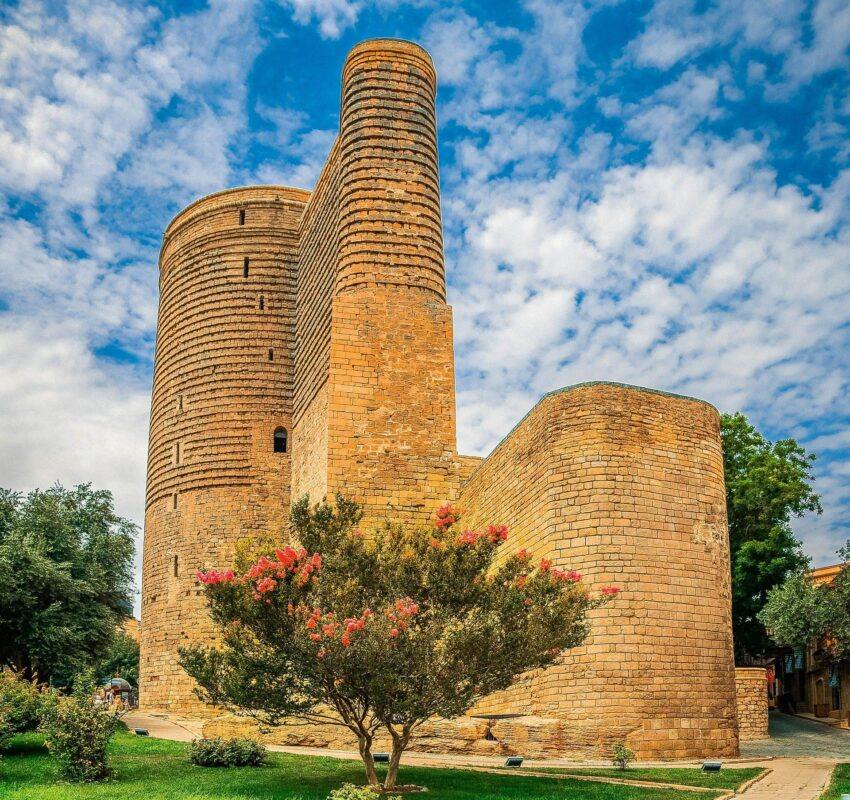
Later on, a visit to the Palace of Happiness (Mukhtarov street) was a happy one too. This spectacular building was originally called Mukhtarov Palace, named after its owners, but later known as the Palace of Happiness. The story goes that the Azerbaijani oil baron Murtuza Mukhtarov had it erected for his beloved wife, Lisa, after one of their frequent jaunts to Europe. While abroad, she fell in love with a French Gothic residence, allegedly gasping, “How happy the tenants of this building must be”. Her doting husband silently took note and arranged for a replica to be built in their home city of Baku. Within nine months it was realized and Mukhtarov unveiled it to Lisa – surprise!
Palace of Happiness
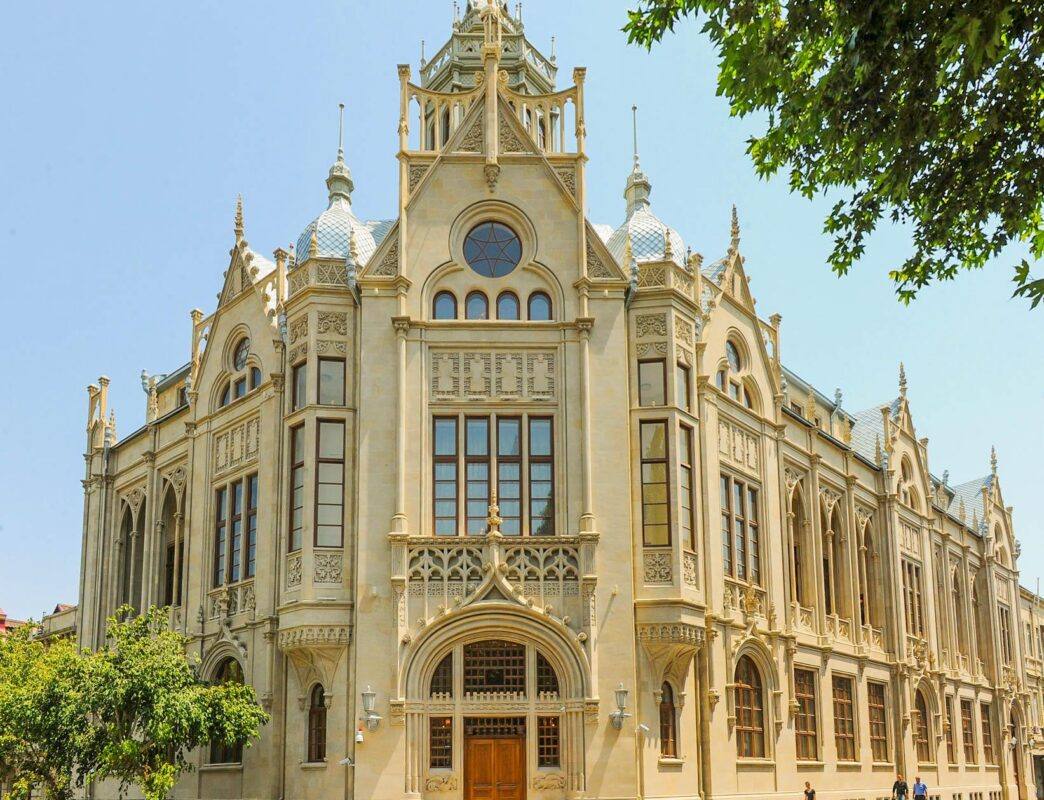
We then went to the National Art Museum of Azerbaijan. We were told that it is the biggest art museum of Azerbaijan. The museum’s total collection includes over 15,000 artworks. There are over 3,000 items in 60 rooms on permanent display. About 12,000 items are kept in storage. The museum changes the exhibits periodically so that more of these artworks can be displayed temporarily.
National Art Museum
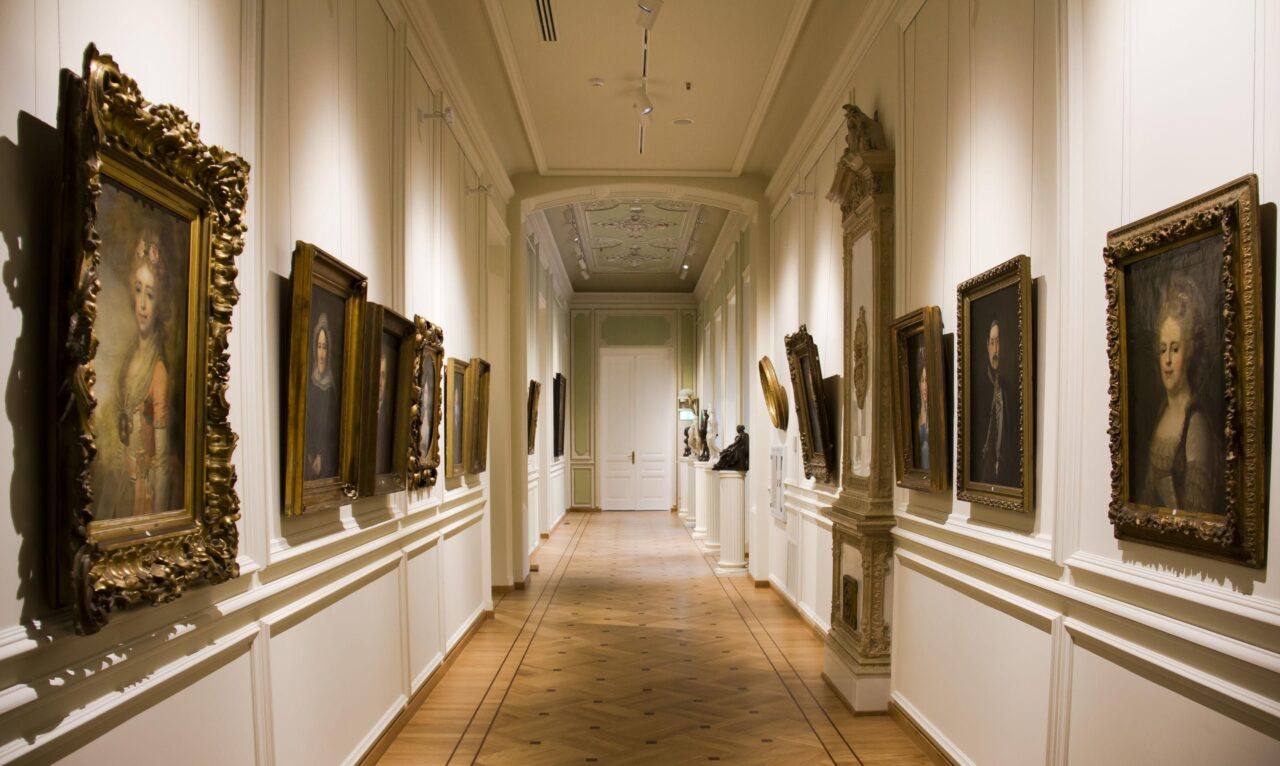
How can one miss the Azerbaijan Carpet Museum? The new building of the museum was constructed in the shape of rolled carpet. How amazing is that. The museum displays Azerbaijani carpets and rugs, with historical and modern weaving techniques and materials. It has the largest collection of Azerbaijani carpets in the world. At the time of establishing, it was the only museum that was dedicated to the art of carpet weaving. The main purpose of the creation of the museum was to store, research, and demonstrate unique examples of the carpet weaving art, which are the Azerbaijan’s national heritage.
Azerbaijan Carpet Museum

The spectacular Heydar Mosque that we visited, is named after President Heydar Aliyev. Inaugurated in the year 2014, the mosque is spread over an area of 12000 square meters. The facade of the building is decorated with some special stones that are based on the style of Shirvan Abshoeron architecture.
Heydar Mosque

The famous Flame Towers: At night, Baku changes its looks completely, especially with the illuminated glow. The Flame Towers in Baku happen to be a trio of skyscrapers with the tallest tower being 182 meters high. The flame shaped towers symbolize the element of fire.
The Flame Towers


The beautiful Fountain Square – This Fountain Square is a public square that is located in downtown Baku. It is called fountain square because of the presence of dozens of fountains which were constructed in the course of Soviet rule. It is a square where one can relax, enjoy the greenery, and soak in the gurgling sound of the fountains and the inexplicable peace and tranquility.
The Fountain Square
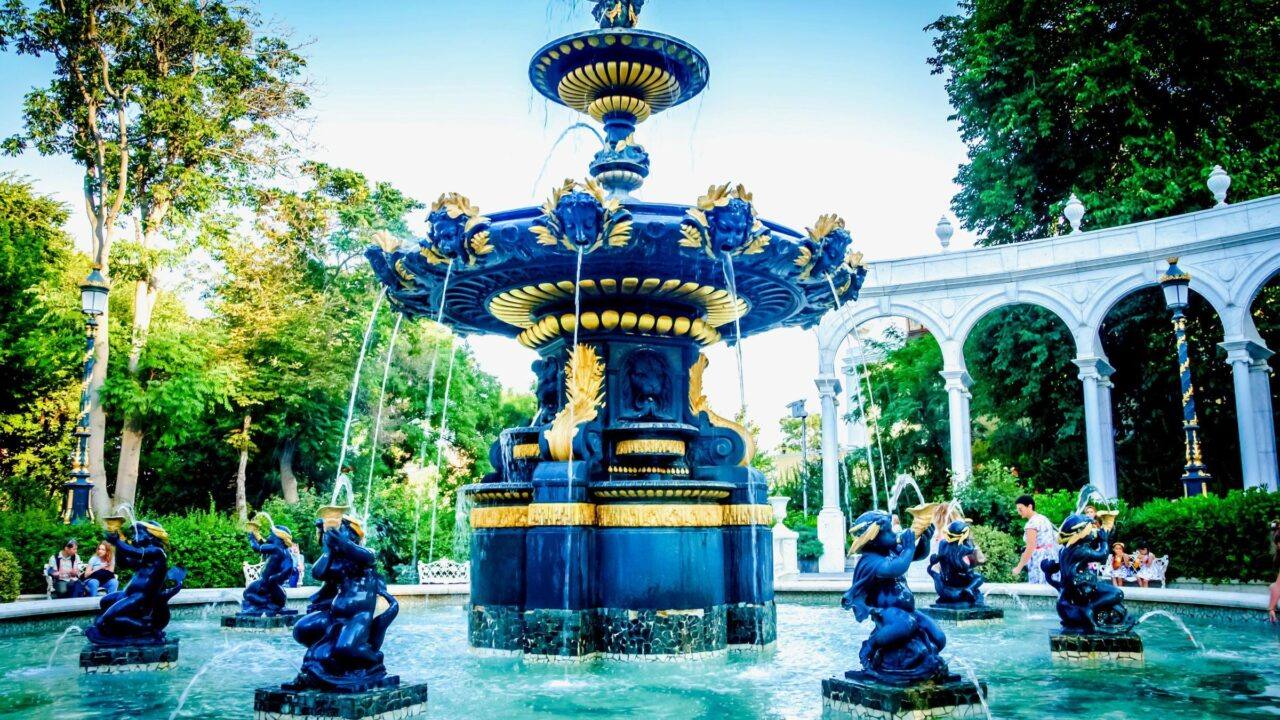
Nizami Street is one of the largest pedestrian and shopping streets in downtown Baku which is named after classical Persian Poet Nizami Ganjavi. The street had found its way from 1864 during the town planning project. Running from downtown in the west to the east, you will get to enjoy some of the charming age old buildings as well as heritage monuments. It is a good place to shop for souvenirs. It is also home to some embassies of Germany, Norway, Austria, and Netherlands in Azerbaijan.
The Nizami Street

Another popular tourist attraction is the ancient Ateshgah Fire Temple. The Ateshgah of Baku(from Persian:, Ātashgāh, Azerbaijani: Atəşgah), often called the “Fire Temple of Baku“, is a castle-like religious temple in Surakhany town, a suburb in Baku, Azerbaijan.
The Ateshgah Fire Temple

Based on Iranian and Indian inscriptions, the temple was used as a Hindu, Sikh, and Zoroastrian place of worship. “Ātash” is the Persian word for fire. The pentagonal complex, which has a courtyard surrounded by cells for monks and a tetrapillar-altar in the middle, was built during the 17th and 18th centuries. It was abandoned in the late 19th century, probably due to the dwindling of the Indian population in the area. The natural eternal flame went out in 1969, after nearly a century of usage of petroleum and gas in the area, but is now lit by gas piped from the nearby city.
There is a Ganesh idol in the temple which is worshipped even today.
The Baku Ateshgah was a pilgrimage and philosophical centre of Zoroastrians from Northwestern Indian subcontinent, who were involved in trade with the Caspian area via the famous “Grand Trunk Road“. The four holy elements of their belief were: ateshi (fire), badi (air), abi (water), and heki (earth).
After our city tour of Baku, spread over a few happy days, we travelled to Qabala which is one of the most ancient cities of Azerbaijan.
Also known as Gabala, it was historically located in the middle of the 2,500-year-old Silk Road, and was mentioned by Pliny the Younger as “Kabalaka”, by Greek geographer Ptolemy as “Khabala”, by Arabic historianas Ahmad inm Yahya al-Baladhuri “Khazar”.
It is a beautiful city which bursts with all the vibrant orange, red, brown colours of autumn foliage. Also the city is rich with chestnut and hazelnut trees.
Qabala is a tourist destination due to the combination of its spring climate, mountainous landscape, and diverse fauna. There are many world-class hotels and resorts for tourists. Natural climatic conditions of the region create opportunities for the development of both summer and winter tourism in the region. It is considered the hidden paradise of Azerbaijan, and truly so.

The district has rich cuisine as other Azerbaijani regions. Popular local dishes include Qabala plov (rice), Dolma with nuts, types of chigirtma (chicken chigirtma, eggplant chigirtma, plov chigirtma, etc.). I must say that we found the Dolma especially very delicious. It is a must try dish, simple yet filled with flavours and taste.
As a matter of fact, and without any exaggeration, we loved everything that we had to eat/drink. Azerbaijan food is simply awesome. It is a country that enjoys abundance of fruits. I found Pomegranates particularly of very high quality, they were red, juicy and sweet as honey.
And how can i not mention Kompot, it is a very common drink in Azerbaijan as well as in many former Soviet countries. As a drink it is a non-alcoholic sweet beverage that may be served hot or cold. It is made by cooking fruits such as strawberries, apricots, peaches, apples, raspberries, rhubarb, plums, or sour cherries in a large volume of water, often together with sugar or raisins as additional sweeteners. Sometimes different spices such as vanilla or cinnamon are added for additional flavour. When it is had in winter, the kompot is usually served hot.
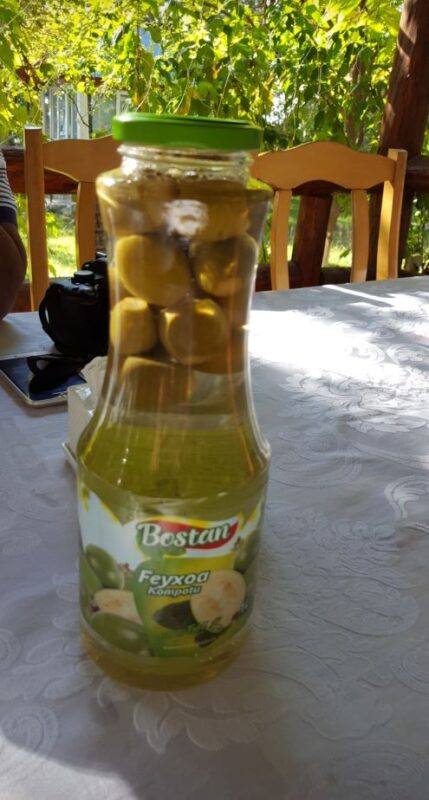
We reuturned from Azerbaijan as very happy tourists. It was a full package of great stay, beautiful historical places of see, delicious, lip smacking food and juices to consume and above all the weather…. the great autumn bursting with green, yellow, orange trees and the nature laying a beautiful carpet of brown and yellow leaves on the ground that would make a crunchy sound while walking. It had been an amazing holiday through history, beauty and cultural riches.
The season of Autumn in Azerbaijan


Sudha Mukhopadhyay
(Source: Personal travel experience and Google for historical / cultural facts / and a few pics)

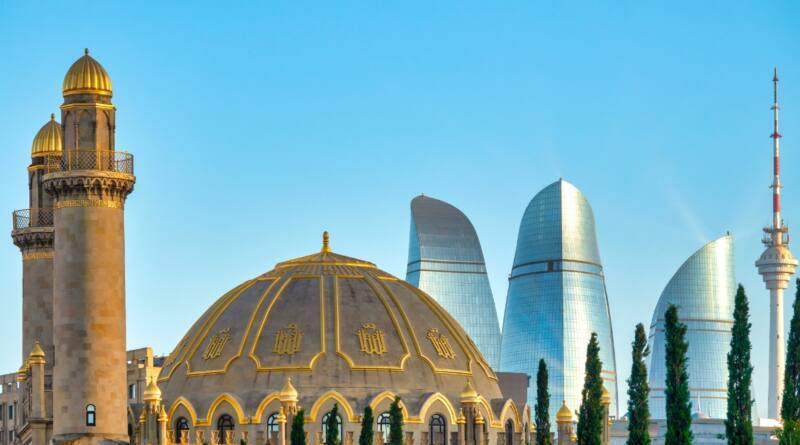

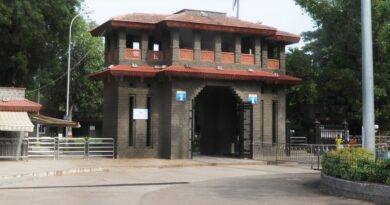

I very glad to find this web site on bing, just what I was searching for : D likewise bookmarked.